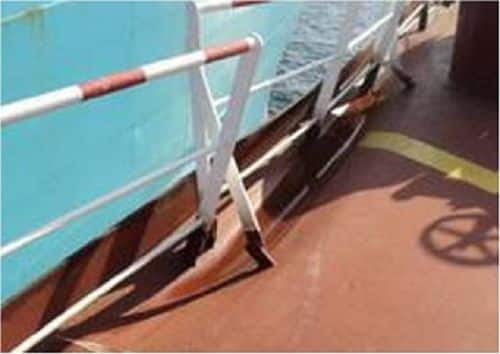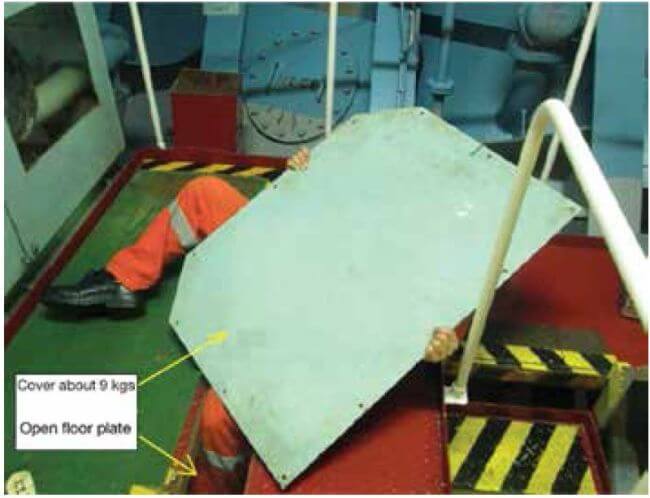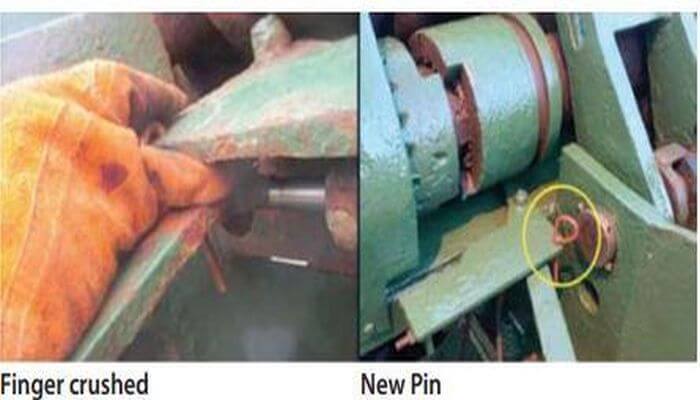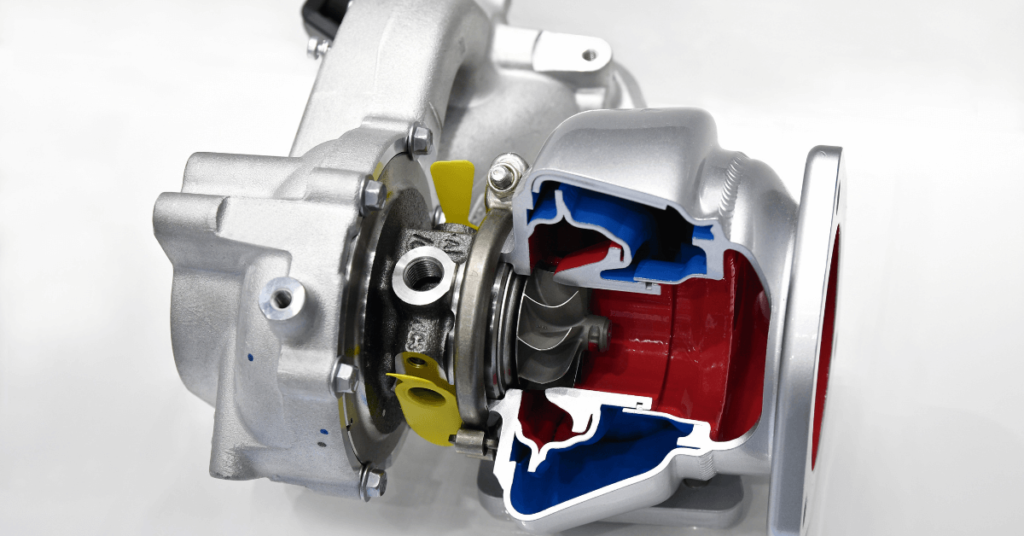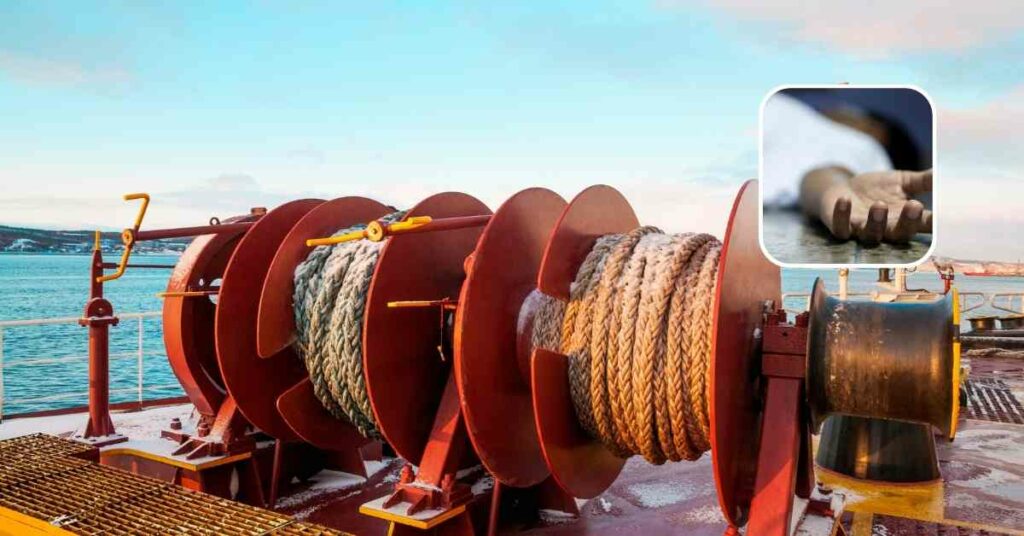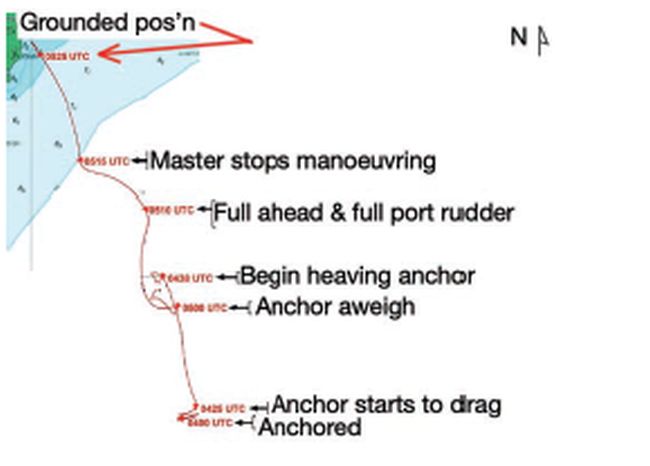Real Life Accident: Contact Damage During Ship-To-Ship (STS) Operation
An oil tanker was approaching an anchored ‘mother vessel’ on her starboard side in order to perform a STS operation. The weather conditions were ideal and adequate fendering was deployed by both vessels. The mother vessel was riding to her starboard (same side as her ‘working’ side) anchor, which is contrary to OCIMF STS guidelines. The 4th edition of ICS/OCIMF publication STS Transfer Guide Petroleum item 6.3 maneuvers with one ship at anchor states ‘For such operations, one ship anchors in a pre-determined position using the anchor on the side opposite to that on which the other ship will moor.’
During the approach, the mother vessel suddenly began to yaw. It is suspected that the use of the starboard anchor accelerated this turning movement. An urgent order was given to the tug to pull the vessels apart, but this sudden stressing of the towline resulted in it parting and the vessels coming into contact. The tug was made fast and again ordered to pull our vessel clear, but, due to high tensile loads, the towline parted for a second time, resulting in multiple contacts between the two vessels. Both vessels suffered minor damages. Subsequently, a fresh approach was successfully made and the STS operation was performed without further incident.
Root cause / contributory factors
1. Non-compliance with OCIMF STS guidelines
2. Unexpected yaw by anchored mother vessel;
3. Inadequate planning and misjudgment by the pilot;
4. Insufficient supervision/reaction by the Master;
5. Tug’s bollard pull information was not recorded in Pilot Card;
6. Towlines parted at critical stages of the operation.
Impact / potential impact arising from incident
1. Damage to property / cost of repairs;
2. Commercial issues with charterers due to Condition of Class imposed, off-hire for execution of temporary repairs;
3. Loss of reputation with charterers / oil majors;
4. Potential for crew injury;
5. Risk of oil spill with attendant fire and pollution risks.
Corrective / preventative actions
1. The company’s STS risk assessment / training / familiarisation / briefing procedures have been revised, drawing from experience gained from this incident;
2. The Pilot Card has been amended to provide a field for maximum bollard pull of tug(s);
3. Significantly stronger tug lines will be supplied to all vessels for STS operations.
Lessons learnt
1. The Master should always closely supervise the pilot or berthing master and not hesitate to quickly correct any decision that may put the vessel, her crew or cargo at risk;
2. For STS operations involving an anchored vessel, the anchor opposite the ‘working’ side should always be used;
3. The heading of the anchored STS vessel must be confirmed to be steady during the approach. The approach must be quickly aborted by both vessels if any yaw is detected;
4. The strongest lines must be used for tug lines so that they can bear the high loadings of emergency corrective handling;
5. There are some critical stages of the STS approach for which particularly thorough planning is essential to ensure a low risk operation; these include the angle of approach, the distance between vessels and the time and location when vessel’s headway should be taken off. All these must be discussed in detail with the pilot before commencing the approach.
Want to learn about safe procedures for carrying out cargo operations on tankers? Checkout our ebooks:
1. The Ultimate Guide to Cargo Operations for Tankers
2. The Ultimate Guide to Cargo Operation Equipment for Tankers
Reference & Image Credits: nautinst
Do you have info to share with us ? Suggest a correction
- Real Life Incident: Vessel Collision in Good Visibility
- Real Life Incident: Severe Injury To Deck Crew While Leaving Berth
- Real Life Incident: Departure Damage in Very Restricted Waterway
- Real Life Incident: Low Situational Awareness Has High Impact Consequence
- Real Life Incident: Fouled Anchor in a Designated Anchorage
- Real Life Incident: Fire On Barge Carrying Scrap Metal Causes $7 Million Worth Of Damage
Latest Case studies Articles You Would Like:
Subscribe To Our Newsletters
By subscribing, you agree to our Privacy Policy and may receive occasional deal communications; you can unsubscribe anytime.



